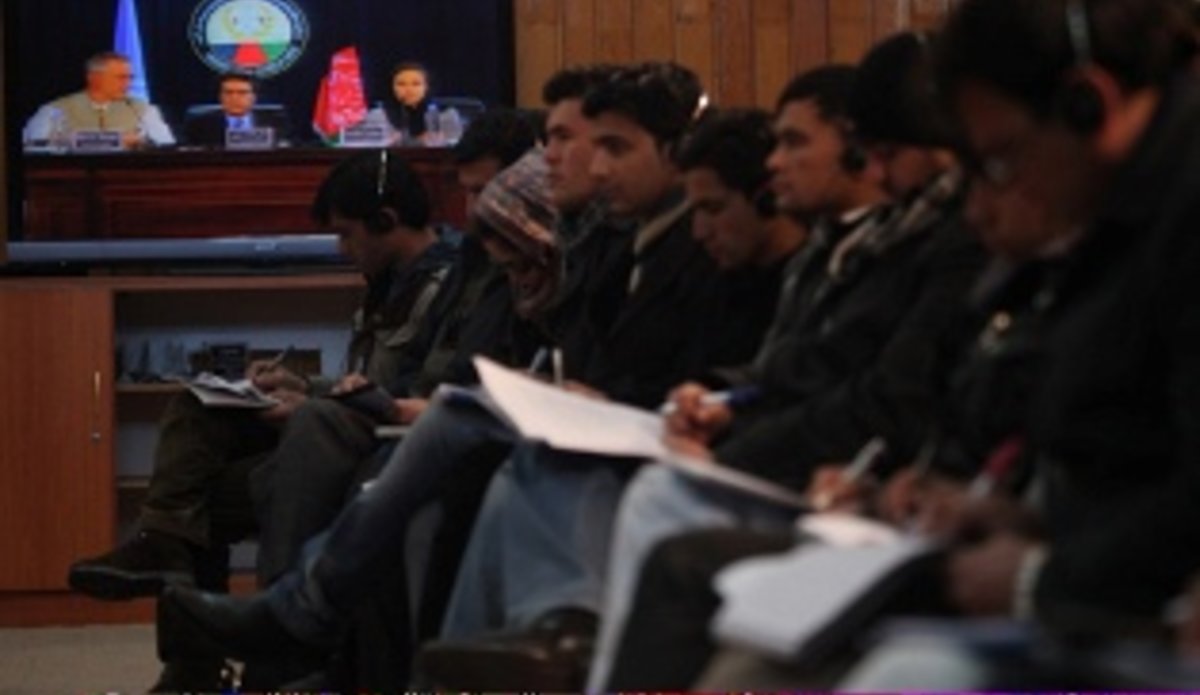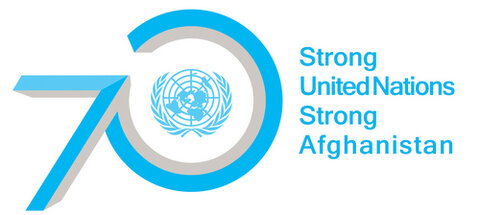Majority of Afghan brick kiln workers are child bonded labourers: ILO-backed survey
KABUL - A majority of workers in Afghanistan’s brick kilns are child bonded labourers under the age of 14, according to a new survey commissioned by the International Labour Organization (ILO).
The ILO Representative for Afghanistan, Herve Berger; the acting Deputy Minister for Labour and Social Affairs, Khair Mohammad Nero; and Researcher Sarah Cramer shared some findings at a press conference in Kabul today.
“Bonded labour is one of the most prevalent, yet least known, forms of hazardous labour in Afghanistan for both children and adults and one of the worst forms of labour for children in particular,” said Sarah Cramer of the Samuel Hall Consulting, a private firm that conducted the survey “Buried in Bricks: Rapid Assessment of Bonded Labour in Afghan Brick Kilns” between August and October 2011.
Article 49 of the Afghan Constitution prohibits bonded labour while the Afghan Government has also ratified the ILO Convention 182, which came to force in Afghanistan last year and identifies bonded labour as one of the worst forms of child labour.
The survey found that 56 per cent of brick makers in the Afghan kilns are children under the age of 18 and 47 per cent are 14 or younger.
The survey further said that the brick kilns rely almost entirely on debt bondage and workers and their families are tied to a kiln by the need to pay off loans taken for basic necessities, medical expenses, weddings and funerals.
“There are four cycles prevalent in the situation of bonded labour in Afghanistan—the cycle of debt, cycle of vulnerability, cycle of dependence and the cycle of poverty,” explained Ms Cramer.
Of the families surveyed, 64 per cent had worked in the kilns for 11 years or more and 35 percent for more than 20 years. Nearly all households fell vulnerable to debts bondage while living in Pakistan as refugees or migrants.
“While a worst form of child labour, we need to resist the temptation to immediately ban this form of child labour because doing so would worsen the lives of those concerned and drive the practice underground,” said Mr Berger, the ILO Representative in Afghanistan.
The survey report identified bonded labour as an economic problem and emphasized on formulating a comprehensive strategy that focuses on improving conditions and providing with tools to escape from the cycles of debt, vulnerability, dependence and poverty.
The survey was conducted in Surkhrod District of Nangarhar Province and Deh Sabz District of Kabul Province where most of the Afghan brick kilns are located. The data was collected from 1,666 individuals including adult and child workers, brick kiln owners, recruiters, community leaders and other stakeholders.
 UN
UN







